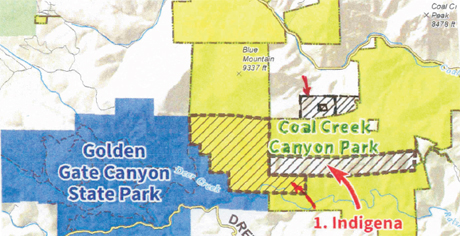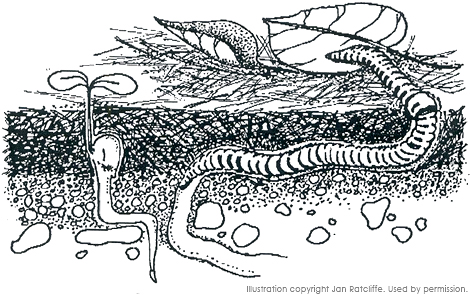Jefferson Parkway Update
by Richard Sugg
In July of 2015 the Colorado Department of Transportation (CDOT) told the WestConnect Coalition Steering Committee that the proposed 10.5 mile Jefferson Parkway (JP) toll road is a privately funded project. The Coalition’s members include Jefferson County, City of Arvada, City and County of Broomfield, City of Golden, City of Lakewood, and Town of Morrison. The Coalition was formed to study options for completing a “Western Beltway” that includes segments from C-470 in Golden along the SH-93 corridor and through north Jeffco to the NW Parkway. Since the inception of the JP project the Jefferson Parkway Public Highway Authority (JPPHA); whose members are Jefferson County, Arvada, and City and County of Broomfield; have said that it would be built by private investors and that state taxpayer money would not be used for the new highway. Most new lanes in Colorado will have to be paid for with toll revenue; if that is not sufficient, additional money will have to be raised from bonds, new taxes and/or fees. Because of a very low projection of traffic volume the JPPHA and prospective private bidders concluded that toll revenue will not come close to paying for the project, such that additional sources of money will be required to implement it.
The Charter for the WestConnect Corridor Coalition states its Purpose is “to improve mobility for the C-470 (Segment 2), 6th Avenue, State Highway 93, Jefferson Parkway, and Interlocken Loop Corridors from Kipling Parkway to Northwest Parkway.” The length of the corridor from C-470 through Golden via US-6 and SH-93 to the west end of the NW Parkway is 26.5 miles, of which the proposed JP toll road is 10.5 miles. Adding new lanes including the JP and improving intersections on that 26.5 mile corridor would close the “gap”” in a complete Denver Beltway, the goal of the Jeffco-led WestConnect project. In January, 2012 a CDOT representative reported that “CDOT has other priorities” than completing the beltway through Golden. CDOT is supporting WestConnect and paying the most ($1.6 million) for the Western Beltway Study.
The initial Jeffco website introduction to WestConnect was, “the County’s desire to facilitate construction of the Jefferson Parkway [toll road].” CDOT policy requires that managed/tolled lanes be considered when new lanes are needed to increase capacity on “state highways that are or will become congested.” Other segments of the proposed Western Beltway will be widened by adding a toll lane in each direction; the four lanes of the JP would be all new toll lanes. Much of C-470 meets the criteria for adding tolled lanes, as does US-36 between Denver and Boulder. However, there is no current or projected congestion along the route proposed for the JP toll road in Jeffco that requires an increase in capacity. Free SH-93, SH-72, SH-128 and Indiana can get drivers anywhere that the JP could and are not congested, except for current rush hour traffic on SH-93. Also, the JP will have no parallel free lanes and no free use of tolled lanes by HOV-3 vehicles or buses like those for the added managed/tolled lanes on US-36 and C-470.
The Jeffco County Wide Transportation Plan (CWTP) has called for widening Indiana to four lanes since 1998. The 2000 Report of the NW Quadrant Transportation Feasibility Study concluded that a single high-speed, limited access highway through northern Jefferson County and Golden was not needed to meet the demands of future traffic and that improving existing arterials would be better and more cost-effective. All three JPPHA partners approved the recommendation of the NW Quadrant Transportation Feasibility Study to widen Indiana and SH-93 to four lanes. That increase in capacity on an Indiana alternative to the JP toll road, however, will not happen if the JP is built as proposed. As the planned JP route along the east side of Rocky Flats is parallel to Indiana, and Arvada and Broomfield do not plan to widen free Indiana to compete with the toll road.
The 2014 CWTP does not describe the JP as a “Needs Based Project.” There would be no access from the JP to the fast growing Arvada communities of Leyden Rock, Leyden Ranch, and the residential section of Candelas. There are already four entrances to Candelas off the nontolled SH-72. The JPPHA has said that building the toll road would provide an improved route between Golden and Boulder. However, it is questionable that drivers would leave SH-93 that has no tolls, to go onto the JP that would be tolled and then drive miles out of the way to a congested and tolled US-36 to reach Boulder. The Jefferson Economic Council produced a study pointing out how building the JP would produce great economic wealth for northern Jeffco; the study said nothing about economic growth without the JP. The study also was based on the incorrect assumption that the JP would not be a tolled road.






